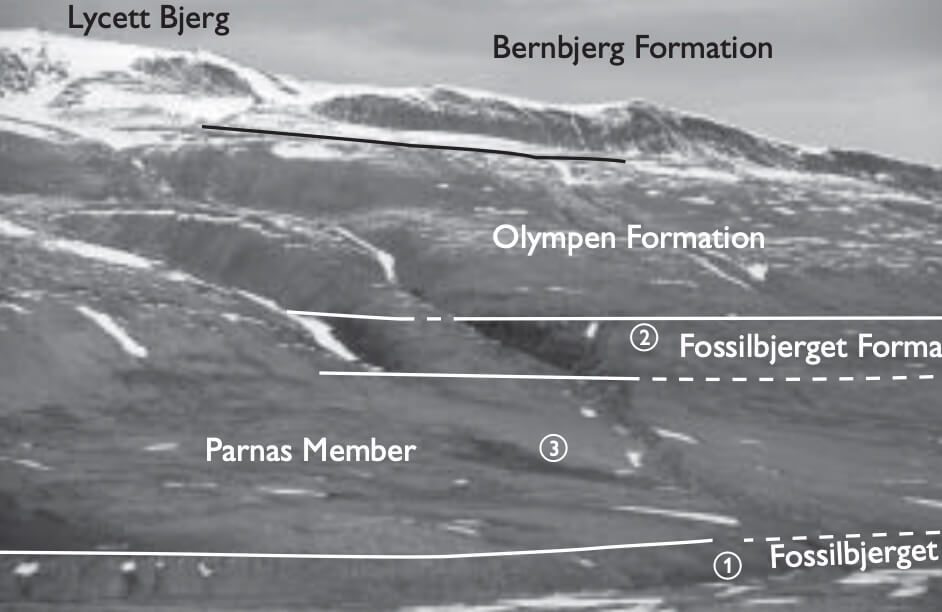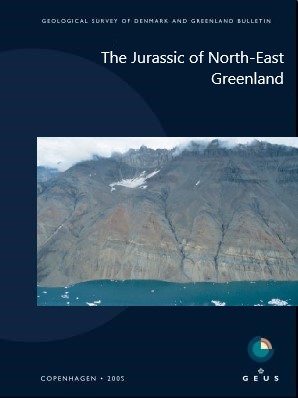
How to Cite
Share
Abstract
A Middle – lower Upper Jurassic sandstone-dominated succession, more than 550 m thick, with mudstone intercalations in the middle part is exposed in Bjørnedal on Traill Ø, North-East Greenland. A number of ammonite assemblages have been found, mainly in the mudstones. They indicate the presence of the Lower Callovian Cadoceras apertum and C. nordenskjoeldi Chronozones. The mudstones represent northern wedges of the Fossilbjerget Formation hitherto known only from Jameson Land to the south. In Bjørnedal they interfinger with sandstones of the Pelion and Olympen Formations. The presence of the Fossilbjerget Formation in this region indicates complete drowning of the Middle Jurassic sandstone-dominated Pelion Formation during maximum Middle Jurassic transgression. A new species, Kepplerites tenuifasciculatus, is described in the appendix by J.H. Callomon. The holotype and paratype are from Jameson Land, East Greenland, but the species is also found in Bjørnedal, Traill Ø, North-East Greenland.
How to Cite
Share
Downloads
Edited by L. Stemmerik and S. Stouge
The Jurassic rift succession of East Greenland has been intensely studied over the last 25 years, particularly within the main outcrop areas of Jameson Land and Wollaston Forland. The more isolated and poorly known outcrops on Traill Ø, Hold with Hope, Hochstetter Forland and [...]










